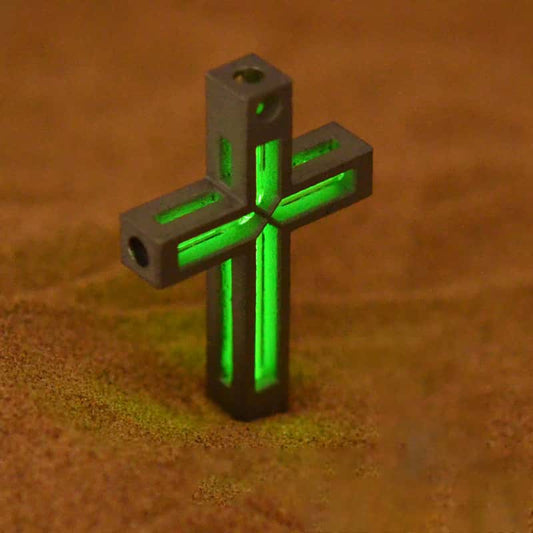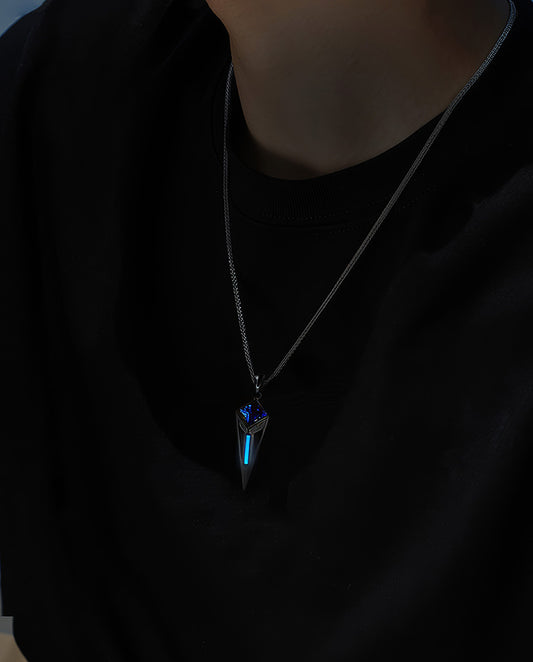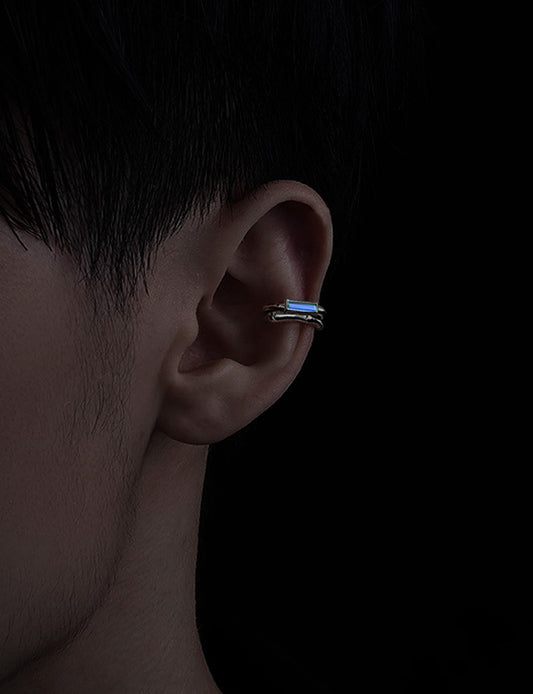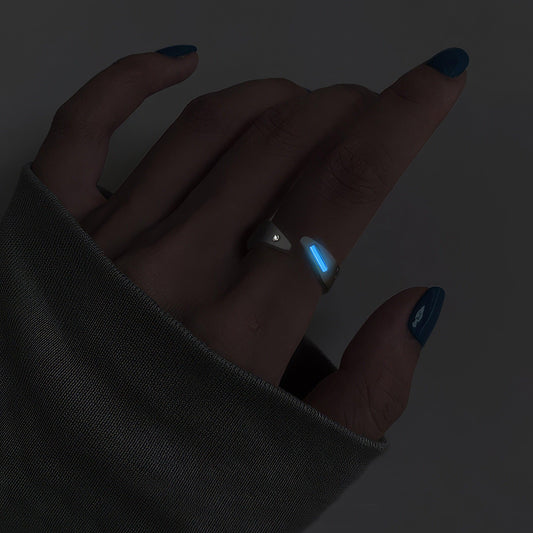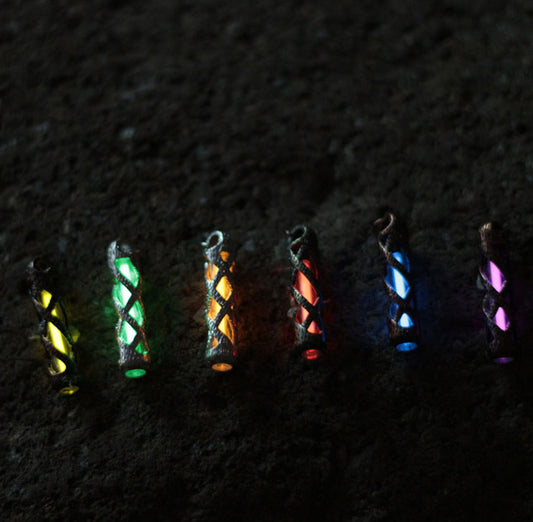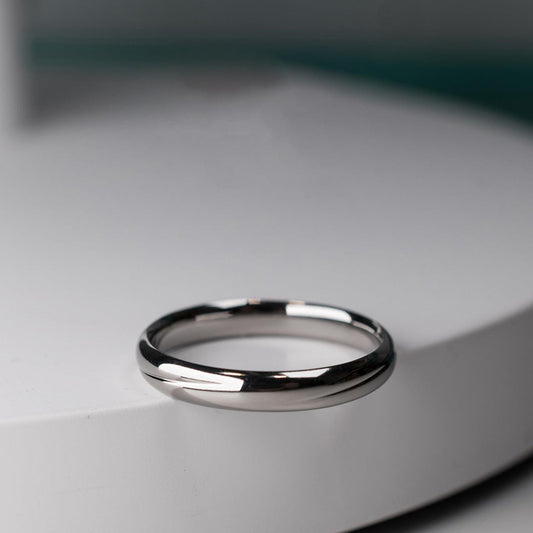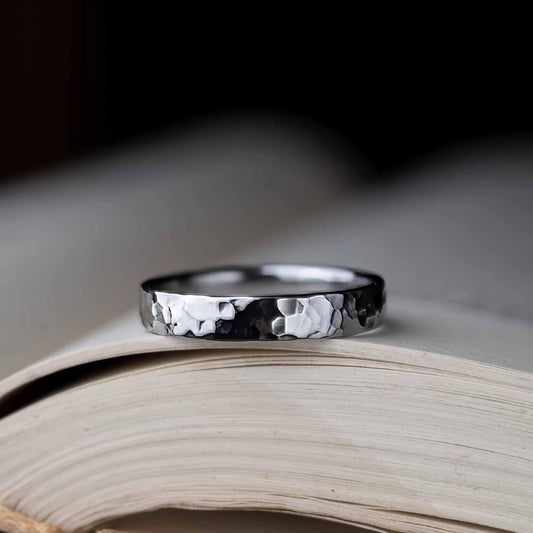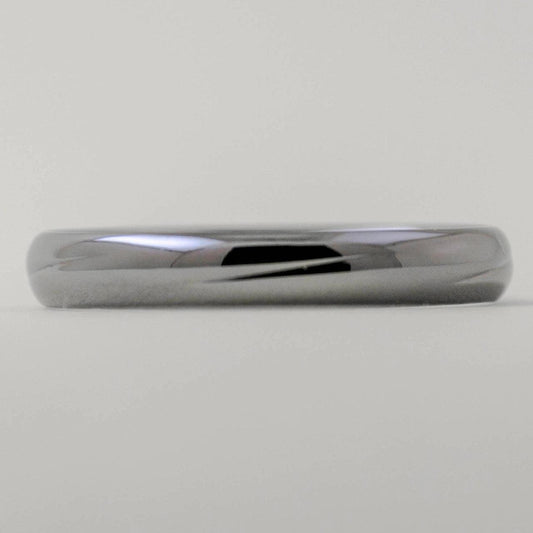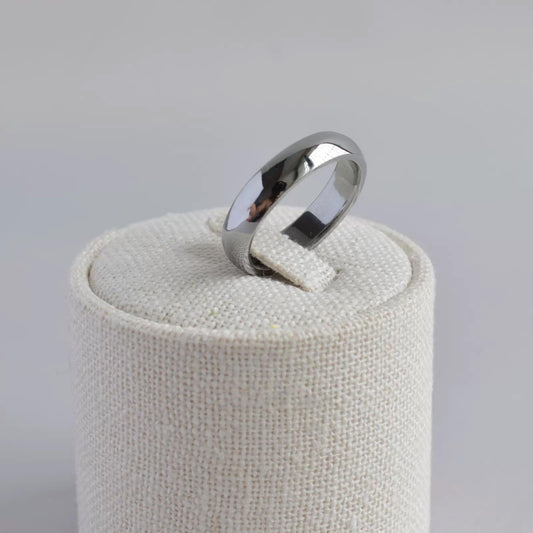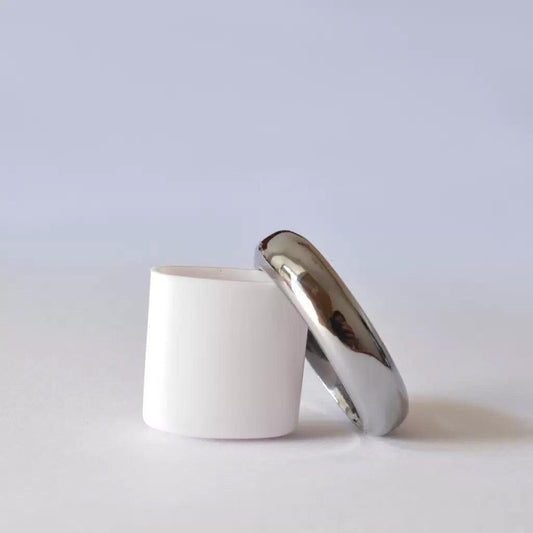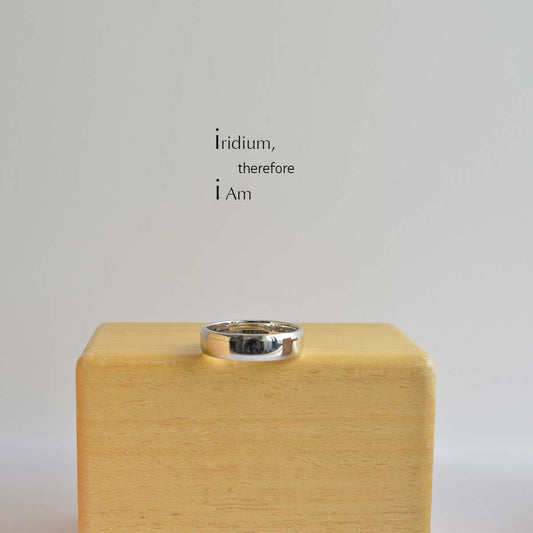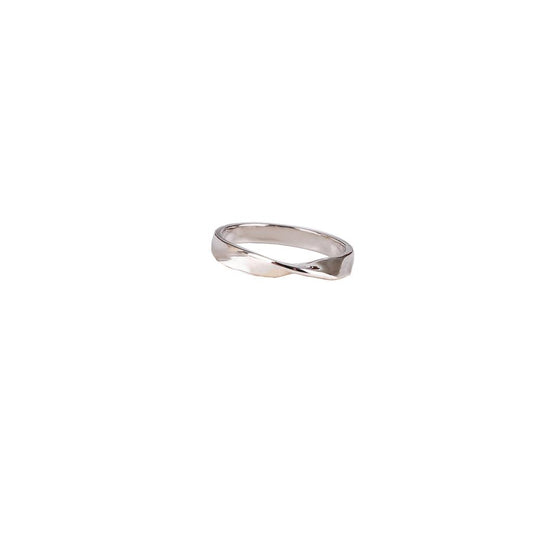Man-Made Diamonds A Modern Twist on Timeless Sparkle
Man-Made Diamonds A Modern Twist on Timeless Sparkle
A few years back, I found myself perched on a barstool in a little jewelry shop tucked away in a corner of the city, amidst glittering displays of nature's most storied treasures. I was there to accompany a friend on her engagement ring hunt, but what caught my eye wasn't the glittering haloed solitaires we had set out to see. Instead, a small placard, barely noticeable, caught my attention: "Lab-Grown Diamonds Now Available." As someone who thought diamonds were forever born from the Earth’s depths, this was a revelation.
Man-made diamonds, also known as lab-grown or synthetic diamonds, have increasingly fascinated both scientists and romantics alike, not just for their sparkles but for the stories they tell. Here's the thing: chemically and physically, they are indistinguishable from their naturally mined counterparts. They're real diamonds, born from a meticulous process that mimics the Earth's own conditions, but here, they're cultivated in laboratories using either High Pressure-High Temperature (HPHT) or Chemical Vapor Deposition (CVD) methods. The science geek in me finds this mind-blowing.
From a cultural standpoint, lab-grown diamonds have become a symbol of the modern consumer's values. There's an emerging awareness about the environmental toll and ethical concerns surrounding traditional diamond mining. For those who yearn for the beauty of a diamond but feel a twinge of guilt about the ecological footprint, man-made diamonds offer a solution. It’s interesting how, in an era where "sustainability" is more than just a buzzword, even something as ancient and traditional as diamond purchasing is experiencing a revolution. Millennials and Gen Z are leading this shift, bringing a fresh approach to how we perceive luxury and responsibility.
On the fashion front, man-made diamonds are carving out their niche too. Designers and jewelers are embracing these gems, creating pieces that challenge the norm and invite conversations. I remember seeing a stunning pendant at a local art fair, the stone catching the noon sunlight in a way that would have one think it was made of stars. When I learned it was crafted from a synthetic diamond, it felt like a glimpse into the future—a merging of artistry and innovation.
And yet, despite all their perks, you could argue that man-made diamonds lack the mystique of their natural cousins. Natural diamonds carry the weight of history, some with tales spanning billions of years. They embody the journey of the planet itself, a narrative of time and the forces of nature. Can technology replicate such a backstory? Perhaps not entirely, but maybe that's the beauty of it. In a world where our narratives are increasingly complex, perhaps it's okay for our symbols of eternity to evolve, too.
As we left the jewelry store that day, my friend clutched a perfect solitaire, a classic choice, but one she felt was right for her story—a traditional homage to a deeply personal commitment. As for me, I left pondering the choice I might make one day. It's not just about aesthetics or symbolism anymore; it's about aligning with values and embracing changes that reflect our world's evolving narrative. Who knew a tiny diamond could shimmer with so many possibilities?
